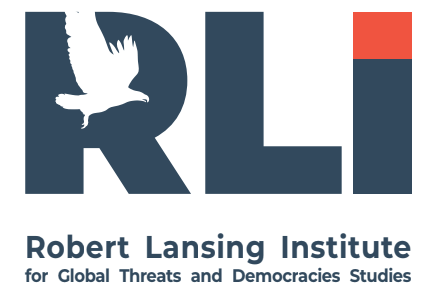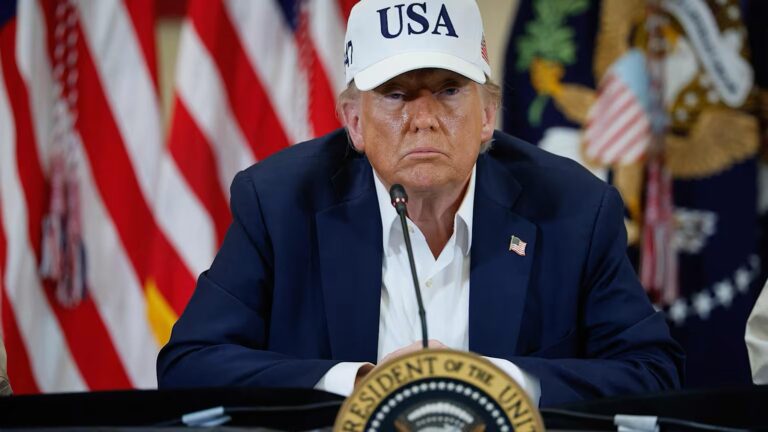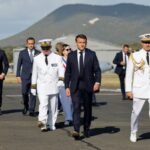Donald Trump’s alleged backchannel proposal to the Kremlin to end the war in Ukraine within 50 days reflects a high-stakes political maneuver aimed at reframing the U.S. position on the conflict. The former president’s timeline, if confirmed, suggests an urgent pre-election diplomatic pivot. However, the feasibility of Russia agreeing to such terms is doubtful, as Moscow is unlikely to abandon its strategic ambitions for vague promises or short-term relief.Meanwhile, the 50-day window appears to be tailored more to U.S. political cycles than to on-the-ground realities in Ukraine.
1. Why Now? The Timing of the Trump Proposal
The proposal comes at a politically volatile moment in both U.S. domestic politics and the war in Ukraine:
- U.S. Electoral Pressure: Trump is seeking to regain the presidency in the 2024 election. By promising to end the war quickly, he presents himself as a peacemaker in contrast to Biden’s long-term support for Ukraine. The “50 days” is likely designed to deliver visible results before the Republican National Convention or early campaign milestones.
- Ukrainian Battlefield Stalemate: Ukraine has suffered from delays in Western aid, and its counteroffensive has stalled. Trump likely sees a weakened Ukraine as an opportunity to “broker” a deal favorable to Russia without direct confrontation.
- Strategic Opportunity for Russia: Trump may believe that Putin would prefer to deal with a Trump-led administration rather than risk further escalation with a NATO-unified Biden presidency. Thus, a short window before the U.S. elections could seem to Putin like a chance to “freeze” the conflict with favorable terms.
2. Will Russia Accept the 50-Day Peace Proposal?
While Trump may view the Kremlin as receptive, the probability of Moscow agreeing is low without significant concessions. Key reasons:
- Russia Seeks Strategic Gains: Putin’s goals go beyond eastern Ukraine. He wants legal recognition of occupied territories, regime change in Kyiv, and an end to NATO expansion. Trump’s rapid peace framework may offer too little.
- Moscow Sees Time as an Asset: With Western fatigue setting in and upcoming elections in the U.S. and Europe, the Kremlin may prefer to wait for geopolitical shifts rather than accept a rushed deal now.
- Russia Questions U.S. Unity: Even if Trump were elected, Russia knows U.S. Congress, Pentagon, and allies may not follow his isolationist lead. Any “peace” could be reversed in 2025 or provoke deeper sanctions.
3. Why the 50-Day Timeframe?
The “50 days” appears to be an arbitrary but symbolic number, crafted to serve political, not strategic, goals:
- Pre-Election Milestone: Trump likely wants results before the early October campaign peak or to announce progress just before the November election.
- Pressure Tool: The tight deadline puts pressure on Kyiv and European allies, suggesting that continued U.S. support hinges on immediate negotiations.
- Internal Messaging: The short timeframe helps Trump promote the narrative: “I will end the war in weeks, not years,” reinforcing his anti-war appeal to swing voters.
4. Risks and Strategic Implications
For Ukraine:
- Undermines Ukrainian sovereignty and territorial integrity.
- May pressure Kyiv to accept a bad deal under U.S. pressure.
- Could cause panic among allies or weaken war morale.
For NATO and Europe:
- Threatens alliance unity if Trump overrides consensus positions.
- Could embolden Russia in the long term if it sees appeasement as viable.
- Might lead to division between “appeasement bloc” (Hungary, Slovakia, possible Trump-led U.S.) and pro-Ukraine core (Poland, Baltics, UK).
For Russia:
- Might secure a temporary “victory,” but at the cost of long-term economic and political sanctions.
- Risks backlash if the peace proves unstable or Kyiv refuses compliance.
For the U.S.:
- Undermines credibility of long-term alliances.
- Signals transactional, leader-to-leader diplomacy over institutional policy.
- May benefit Trump domestically but create global instability.
5. Conclusion
Donald Trump’s 50-day peace proposal to Moscow is less about viable diplomacy and more about political theater designed to appeal to an electorate tired of foreign entanglements. The odds of Russia accepting such a deal are slim without major concessions, and the time limit reflects campaign urgency rather than battlefield logic. Any attempt to impose peace under these terms risks alienating Ukraine, dividing NATO, and empowering Russia. In the broader picture, the plan appears to be a strategic gamble rooted in Trump’s personal political calculus — not a sustainable solution to the war.
It is highly possible — and strategically logical — that Russia could exploit the 50-day “peace proposal” window to intensify offensive operations in Ukraine, particularly in the south (Zaporizhzhia, Dnipro, Mykolaiv) or north (Kharkiv, Sumy). Here’s a breakdown of why and how:
Why Russia Might Escalate During the 50-Day Window
- Leverage for Negotiations
Russia understands that the more territory it controls before any negotiation, the stronger its position. Accelerating offensives could:- Create facts on the ground to force Ukraine into an unfavorable deal.
- Let Russia present itself as negotiating “from a position of strength.”
- Exploit U.S. Political Division
If Russia senses that Trump’s peace plan is credible and that U.S. support may shift, it has an incentive to:- Move fast while Ukraine’s defense is uncertain.
- Undermine confidence in long-term U.S. aid, making partners hesitant.
- Pressure Kyiv to Compromise
By launching fresh assaults, Russia increases military and psychological pressure on Zelenskyi’s government, possibly forcing concessions. - Signal to Trump
Escalation could be Russia’s way of showing Trump that it has more cards to play, increasing its negotiating power — or even extracting a better deal before any official talks begin.
Where Could Russia Strike?
🔻 Southern Axis (Zaporizhzhia → Dnipro → Kryvyi Rih):
- Goal: Cut Ukraine’s logistics east-west and sever land access to Crimea.
- Target: Push toward the Dnipro River to gain a strategic buffer.
🔺 Northern Axis (Kharkiv or Sumy regions):
- Goal: Draw Ukrainian reserves away from the south and exploit border vulnerabilities.
- Tactic: Pinning or diversionary strikes, possible push toward Kupiansk or deeper into border regions.
🔄 Mykolaiv or Odesa Region (Hybrid/Sabotage):
- Less likely, but limited sabotage or air/missile strikes could aim to destabilize areas considered secure.
Russian Calculus: What Would Drive This Escalation?
- Depleted U.S. Aid Pipeline: Even if restarted, the delay in weapons creates a temporary window of Ukrainian vulnerability.
- NATO Distraction: With U.S. elections and growing divisions in Europe, now is a ripe time for escalation.
- Chinese & DPRK Backing: Increased military-technical aid from North Korea and China gives Russia confidence in munitions supply.
Consequences of a Russian Offensive During This Window
| For Ukraine | For Russia | For the West |
| Increased military pressure | Short-term gains, but risk of overextension | NATO unity could weaken if “peace talks” seem plausible |
| Strained public morale | Escalates international criticism | May delay or complicate U.S. aid flows |
| Risk of collapse of southern frontlines | Could sabotage Trump’s narrative if casualties spike | Forces Europe to reconsider defense posture |
Conclusion
A Russian offensive during the 50-day peace window is not only possible but likely. Moscow has every incentive to escalate — to gain bargaining leverage, test the resolve of the West, and force Ukraine into a weakened negotiating posture. Any U.S.-led peace push during this time will likely coincide with a dramatic intensification of Russian military action, especially if it senses that diplomatic space is opening in its favor.
Here are strategic recommendations for the POTUS regarding the 50-day “peace deal” initiative—integrating military, diplomatic, and political levers to manage risks and maintain leverage:
1. Prepare for Counteroffensive Escalation
- Military Support Surge: Deploy Patriot air-defense systems and ATACMS rockets to reinforce Ukrainian defenses during the window.
- Visible NATO Presence: Send allied forces or observers to bolster deterrence and signal unity to both Russia and.
- Pre-Positioned Stockpiles: Ensure munitions are ready for accelerated delivery to Ukraine in case of Russian escalation .
2. Synchronize with Allies & Embed Contingencies
- Diplomatic Consultations: Immediately convene a NATO+EU council to align messaging—link the 50-day timeline to conditional escalation supports.
- Sanction Readiness: Pre-authorize automatic trilateral sanctions (e.g., 100% tariffs) that activate on Russian violations.
- Garner Global Support: Secure backing from key non-NATO allies (e.g., Japan, Korea, Australia) as part of a broader coalition preparing sanctions and defense measures .
3. Clarify Negotiation Parameters
- Define “Peace” Scope: Publicly emphasize Ukraine’s territorial integrity, excluding Crimea, from any deal—contradicting Trump’s vague earlier.
- Include Kyiv from the Start: Reinforce the principle of “Nothing about Ukraine without Ukraine” to maintain.
- Tie Support to Milestones: Link weapon shipments and sanctions relief to Russian adherence—any Moscow deviation resets the countdown immediately.
4. Shape the Narrative
- Escalate-to-De-escalate Strategy: Frame the surge in aid as a diplomatic lever to compel Russia to the table—not just a war.
- Frequent Public Updates: Maintain visibility on progress, emphasizing alliance cohesion and transparency for U.S. domestic audiences.
- Expose Kremlin Moves: Quickly publicize any Russian buildup or drone offensives during the grace period to shape international opinion and justify support.
5. Plan for Post-Deadline Scenarios
- Escalation Trigger: If Russia exploits the window, automatically implement tariffs, weapons surge, and mobilize allied forces.
- Diplomatic Pivot: Prepare to shift from negotiation to containment if Moscow rejects or violates the terms.
- Watch Chinese Role: Monitor signals from Beijing—if China pressures Russia in support of peace, that could be a key diplomatic lever.
Summary Table
| Objective | Action |
| Secure Ukrainian frontlines | Deploy air defenses, munitions, and NATO observers |
| Contain Russian exploitation | Public trilateral sanctions mechanism |
| Focus negotiations | Condition all tracks on explicit territorial and political concessions |
| Align the narrative | Clarify “escalate to de-escalate” for domestic and international audiences |
| Post-window response | Trigger sanctions and military reinforcement if conditions are violated |
Bottom Line
The 50-day peace initiative can be transformed from a diplomatic gamble into a powerful strategic tool—by linking military readiness, allied unity, clear negotiation endpoints, and contingent carrots/sticks. This approach ensures that the proposal pressures Russia effectively while preventing it from exploiting the pause to further threaten Ukraine or fracture the alliance.
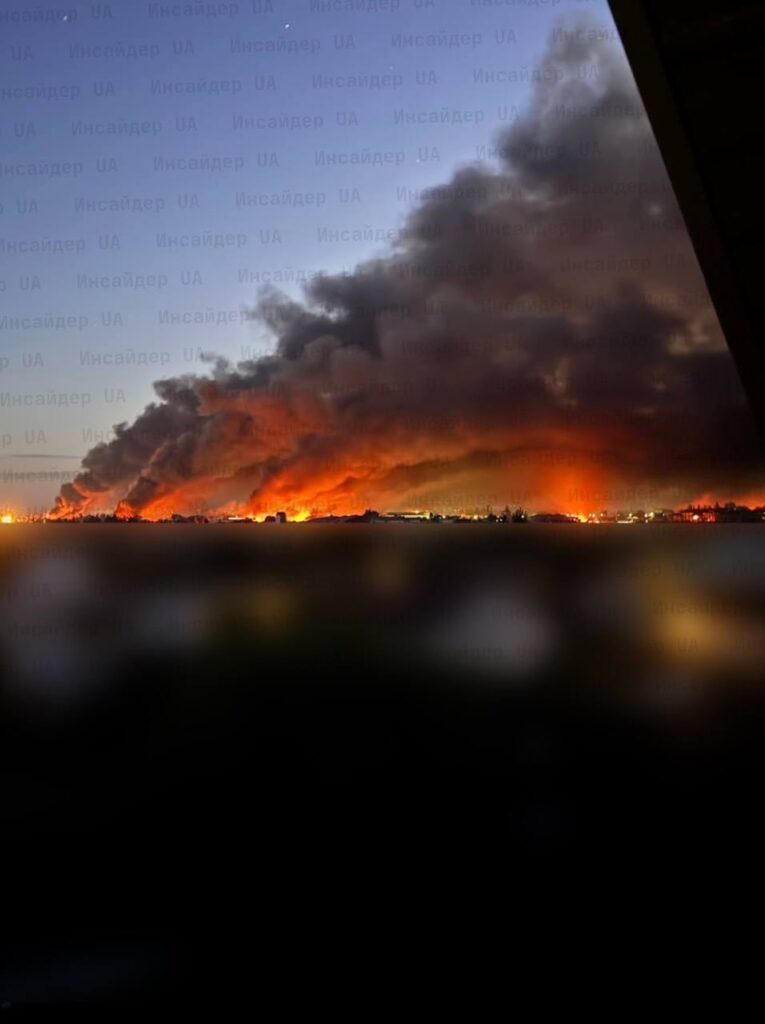
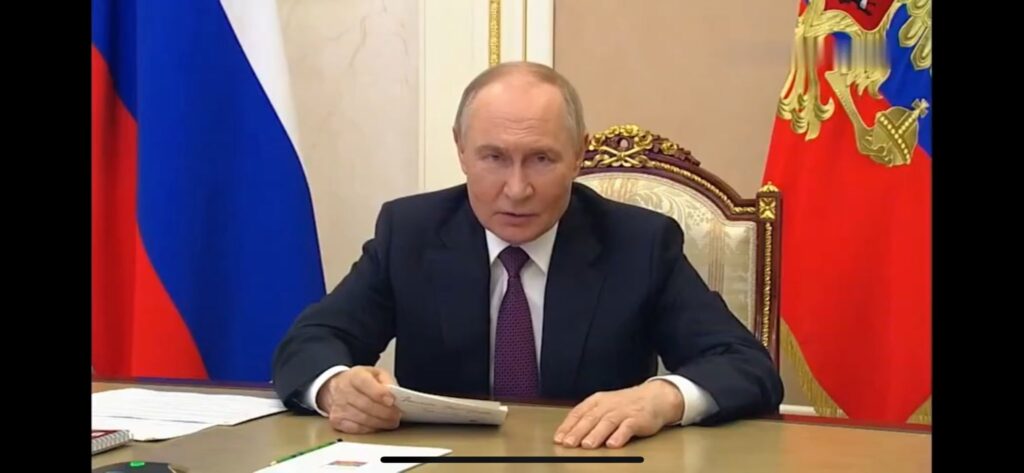
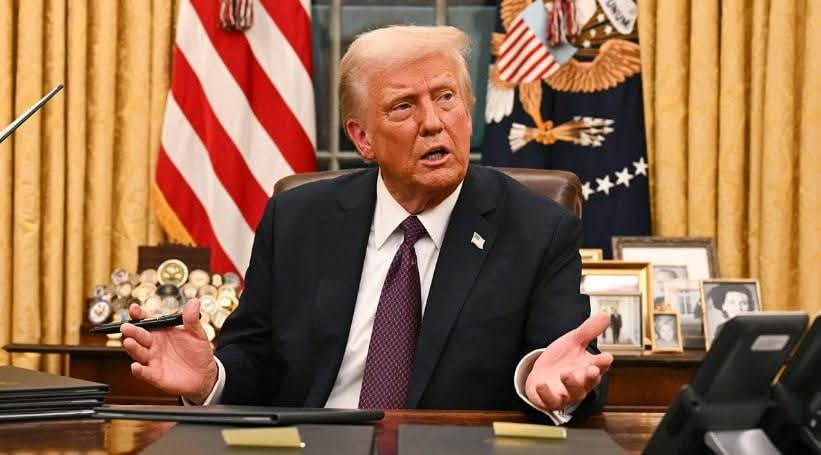
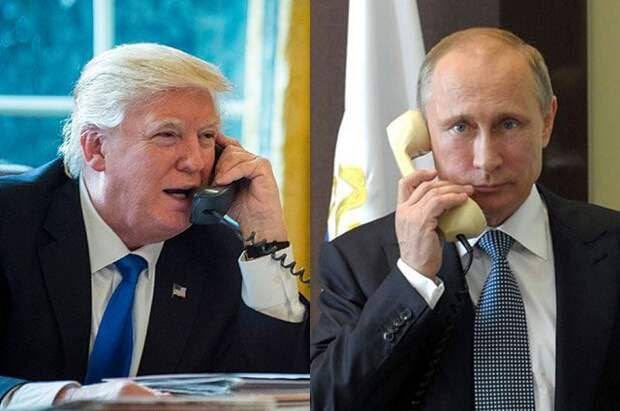
More on this story: Russia’s Defiance: The Aftermath of Trump-Putin Phone Talks

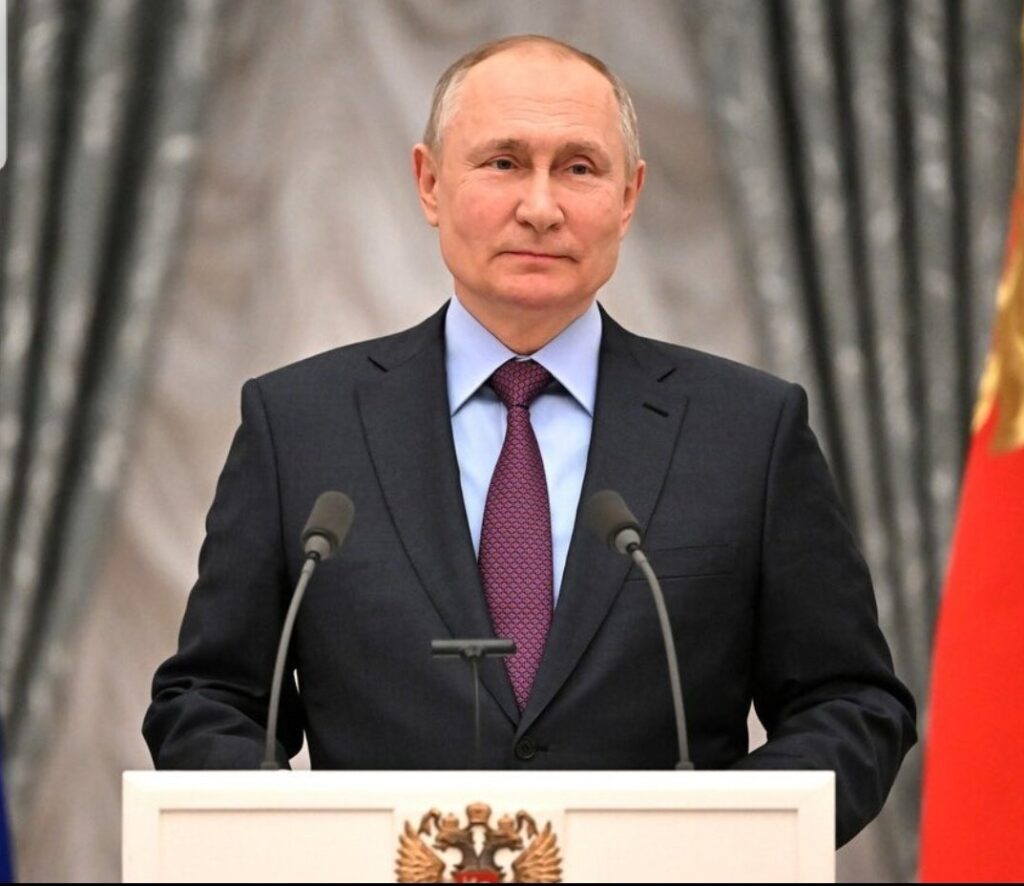
More on this story: Why Russia Is Not Contractually Capable
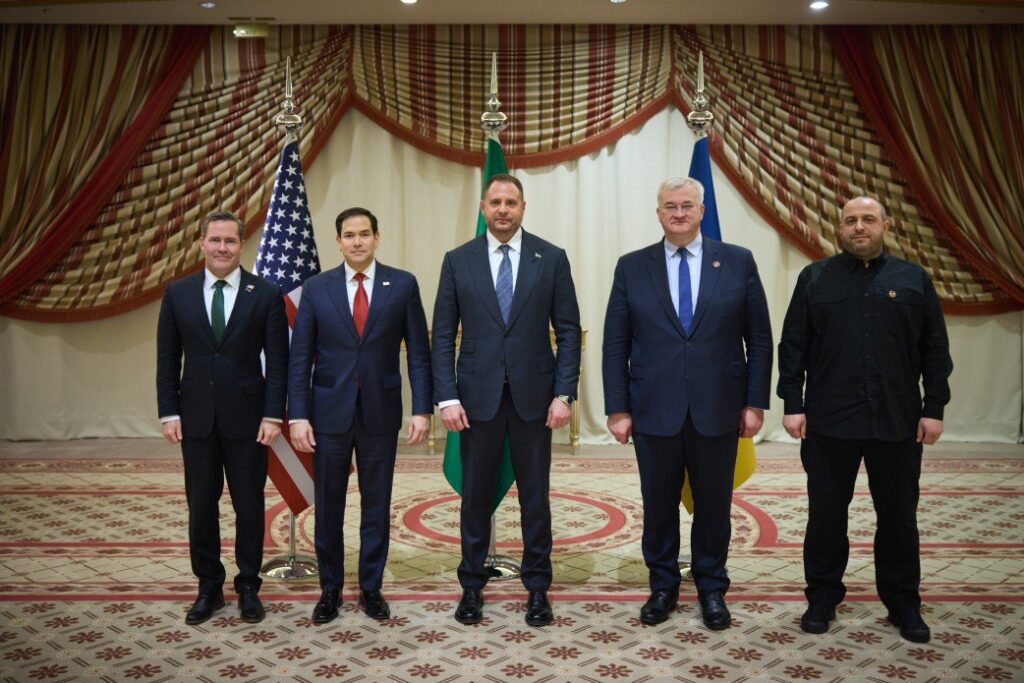
More on this story: Russia’s Road to a Renewed Offensive: Timeline and Strategic Challenges”
